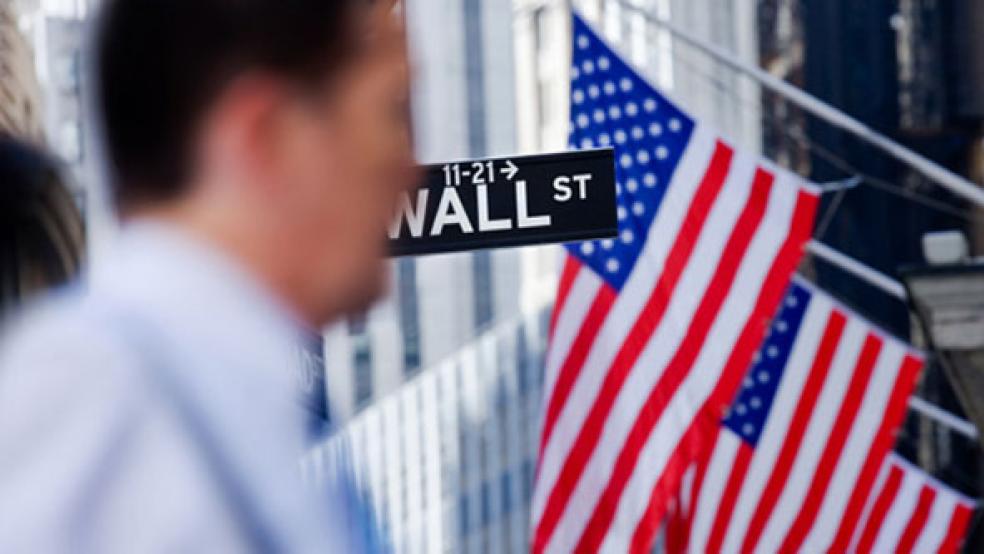In a small but startling piece of good news about the government’s bank bailouts, a new report on Tuesday shows that Treasury officials have been shrewd about getting top dollar for stock warrants from banks that got taxpayer money during the financial crisis. The amounts at stake are relatively small—$6 billion so far, a footnote in the overall bailout effort involving hundreds of billions—but they attest to a growing toughness by Treasury officials in bargaining as banks repay their loans and attempt to buy back the government’s stock warrants.
At a House hearing on Tuesday, the independent government monitor that oversees the bailout program reported that Treasury officials rejected almost all the initial prices that banks proposed for their warrants and persuaded them to come up with substantially higher offers. Warrants are stock options the Treasury received when it bought stock in financially troubled banks and financial institutions to inject cash into the financial system.
On balance, the auditors said, the Treasury received at least as much money as officials had estimated the warrants ought to be worth—a significant achievement, given that the warrants don’t trade publicly and are extremely difficult to value. In many cases, banks ultimately paid the government more than what Treasury officials had estimated their warrants were worth.
American Express Corp. raised its offer by $80 million to $340 million before Treasury agreed to sell back its warrants. Morgan Stanley, one of the nation’s biggest banks, reached a tentative deal to buy its warrants back for $900 million. But senior Treasury officials decided the offer still wasn’t high enough, and Morgan agreed to pay an extra $50 million. In more than a half-dozen other cases cited by the inspector general, Treasury officials quietly bargained with a variety of different tactics. In some cases, they told banks a specific price that would be acceptable. In others, officials simply hinted at a price or said the banks had to do better. In cases where the Treasury couldn’t reach agreement, as with JPMorgan Chase, the government sold its warrants through public auctions.
“This is an important accomplishment that reflects significant improvement in Treasury’s ability to better realize returns for the taxpayer,’’ said Kevin R. Puvalowski, deputy special inspector general for the Troubled Asset Relief Program, at a House hearing on Tuesday. TARP purchased assets and equity from financial institutions to strengthen the financial sector and was the largest component of the government's measures in 2008 to address the subprime mortgage crisis. According to a count by ProPublica, TARP has spent about $391 billion so far—$205 billion went to banks and other financial institutions; $79.3 billion went to car companies; $47.5 went to American International Group; and $19.2 billion went to the purchase of toxic assets. About $186.9 billion has been returned.
Despite the Treasuries success in recouping more money for taxpayers, the inspector general criticized Treasury officials for being too opaque about their negotiations. Puvalowski complained that officials hadn’t properly documented their conversations with bank executives, making it difficult for independent monitors to evaluate decisions. In many cases, he said, Treasury officials didn’t even note that conversations had occurred.
“When a brief telephone call can mean the difference of tens of millions of dollars, it is a basic and essential element of transparency and accountability that the substance of that call be documented contemporaneously,’’ he said in written testimony prepared for the House Financial Services Committee. Still, the bottom line for taxpayers appears to be that Treasury officials are recouping more money from the banks than some experts had feared when the program was still in its early stages.
Under the TARP program, which was hastily created after the collapse of Lehman Brothers in September 2008, the Treasury invested $205 billion in more than 700 banks. In return, it received shares of preferred stock that paid mandatory dividends as well as warrants to buy stock in the banks at the rock-bottom prices that prevailed at the depths of the financial meltdown. Over 70 banks, including most of the big ones, have repaid the money as well as dividends. But the stock warrants have turned into a more difficult wrestling match. Because the warrants are not traded publicly, they have no market price and their fundamental value has been a subject to intense wrangling.
Last July, the Congressional Oversight Panel that monitors the TARP program sharply criticized Treasury officials
for accepting millions of dollars less than the true value of warrants in some of their first deals. It based its conclusion on mathematical models used to estimate the value of stock options and other financial derivatives. But on Tuesday, a member of the Congressional Oversight Panel told the House committee that Treasury’s results have “improved dramatically’’ since last summer.
The panel member, Paul Atkins, said that the Treasury has received about 102 percent of what the panel estimates is the fundamental value of the warrants sold so far. Atkins said the results reflected the Treasury’s willingness to sell off warrants through public auctions if officials couldn’t agree with banks on a price. Thus far, the Treasury has recouped $2.9 billion through negotiated agreements with banks and another $3.2 billion through the auctions.





